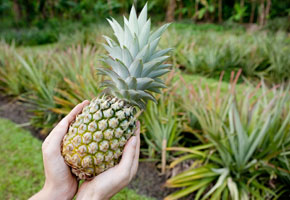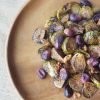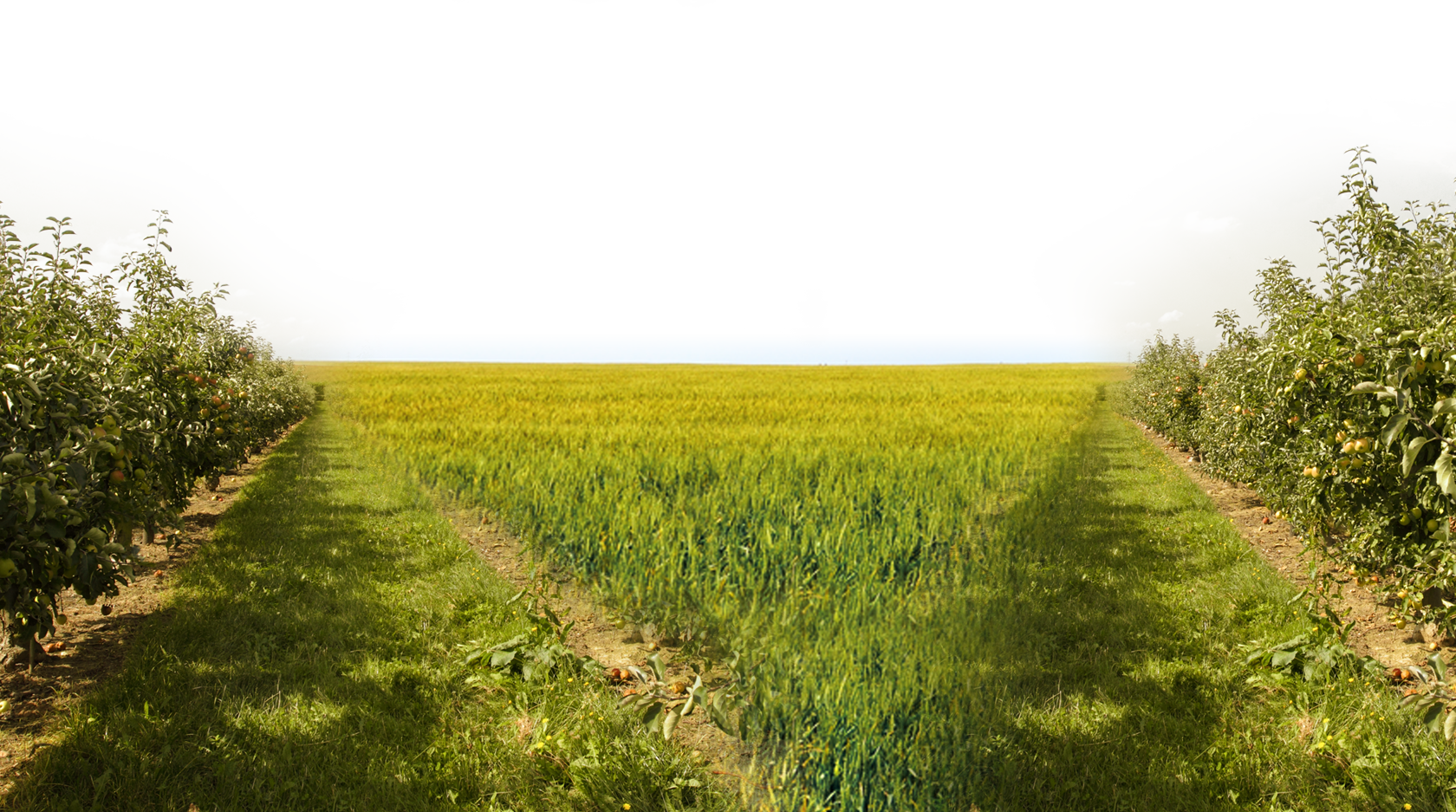
The hidden ingredient in pineapple that fights inflammation
By Linda Bonvie | 0 Comments | Posted 02/18/2015
In nature, secret components abound. One of the more secretive is bromelain, a protein found at the stem and core of pineapples.
Although it has long been used in folk medicines — and was first isolated in 1891 by the Venezuelan chemist Vicente Marcano — bromelain has only recently begun moving into the mainstream of nutrition and nutraceuticals. (If you’re not familiar with the word “nutraceutical,” Health Canada defines it as “a product isolated or purified from foods that is generally sold in medicinal forms not usually associated with food).
Found throughout the pineapple plant and its famed fruit, bromelain is most intensely concentrated in the stem of the pineapple plant and within the hardened core of the fruit, meaning the average pineapple lover could easily miss the full health benefits bromelain offers.
Bromelain is being studied for its apparent abilities to reduce inflammation and tenderness from arthritis, tendonitis, sprains and other minor muscle injuries. The German Commission E (a committee of researchers, doctors and pharmacists convened over 30 years ago in Germany) has approved bromelain to treat swelling and inflammation after surgery, particularly sinus surgery.
These qualities are consistent with folk medicine usages, including the treatment of bowel inflammation and diarrhea, along with digestive disorders.
It might also be a cancer-fighter. The American Cancer Society literature reads, “Bromelain has been investigated for … possible anti-cancer activity.” Also, “Some small studies have suggested bromelain may help reduce the ill effects of some types of chemotherapy.”
Getting to the bromelain in pineapple can be a bit tough, literally. It resides in the plant’s stem (virtually unavailable to the public) and within the pineapple’s somewhat pithy, less sweet core.
While this core is thoroughly edible – and seldom ever wasted in places where pineapples are grown – it takes some effort to chew, especially toward the center of the core.
The Taipei-based web site Jodie’s Kitchen recommends mechanically blending the core together with other fruit or vegetables to make juice or smoothies.
The same site suggests making a sweet and sour pineapple broth, by blending the pineapple core together with tomatoes, cabbage, celery and such.
It has becoming increasingly popular to take bromelain as a nutritional or nutraceutical supplement, primarily available in pill form. There are now many brands to choose from. This concentrated form of bromelain is often derived from the pineapple plant stems that remain after harvesting.
The German Commission E recommends 80 – 320 mg 2 – 3 times per day.
For specific conditions, higher doses may be prescribed:
Digestive aid: 500 mg per day in divided doses with meals;
Injuries: 500 mg 4 times a day on an empty stomach;
Arthritis: 500 – 2,000 mg a day in two divided doses.
It is best not to take bromelain supplements for longer than 8 to 10 days in a row. Such restrictions don’t apply to pineapple cores or fruit.
Also, bromelain supplements should not be taken if you’re on any prescription blood thinners, or even taking a daily aspirin. And before beginning any supplement regimen, it’s always best to consult with your doctor.


 Contact us
Contact us



























